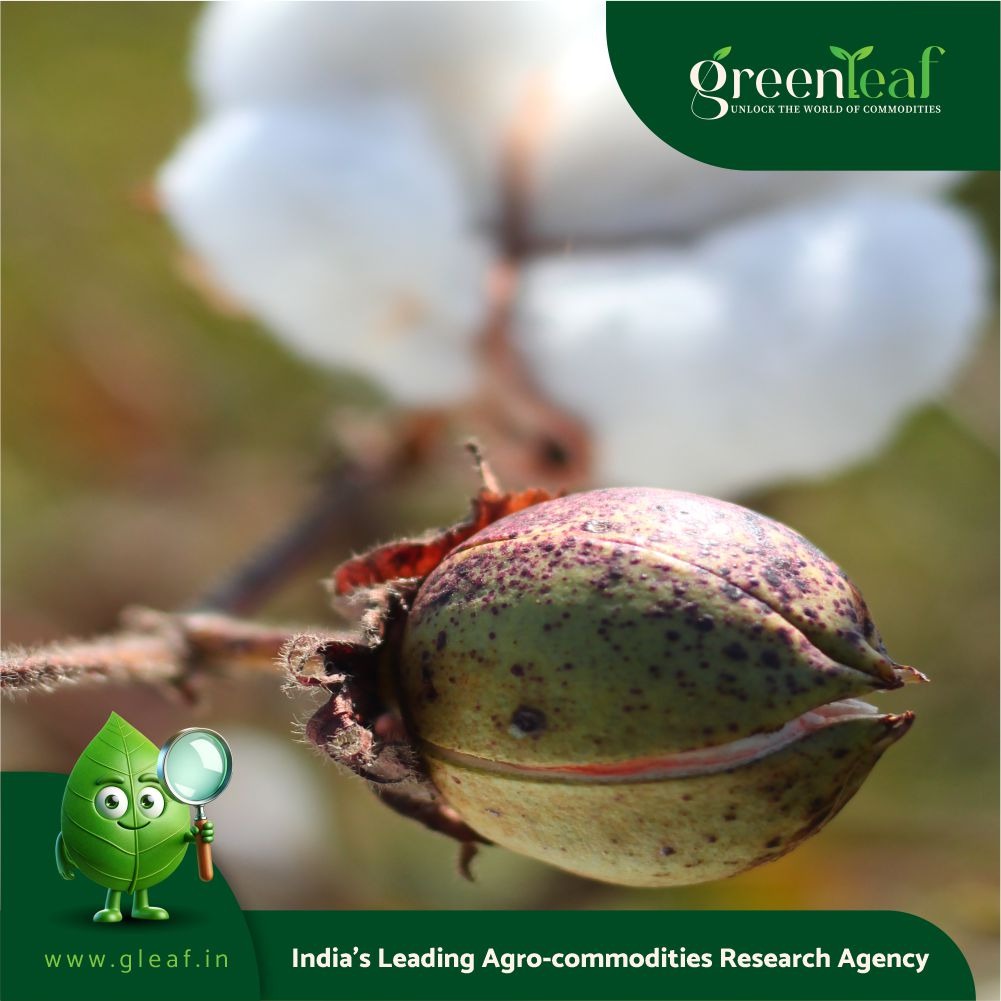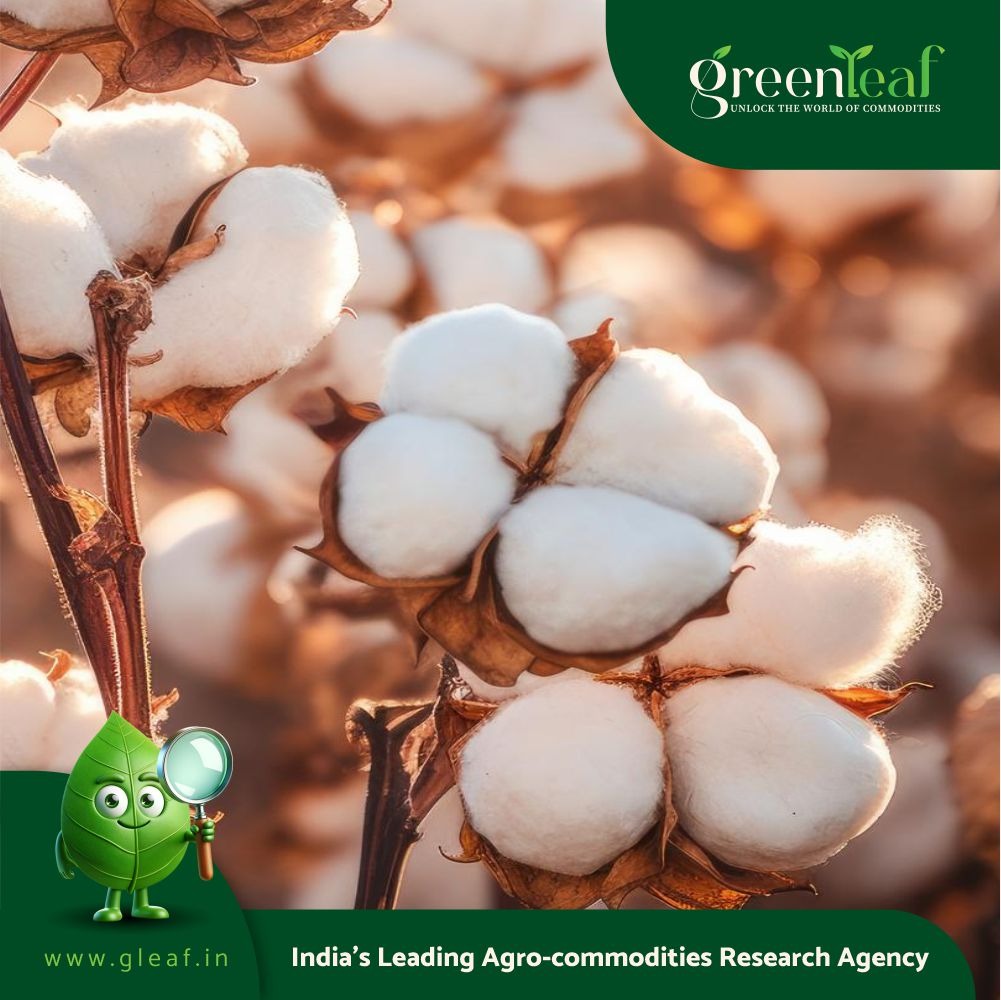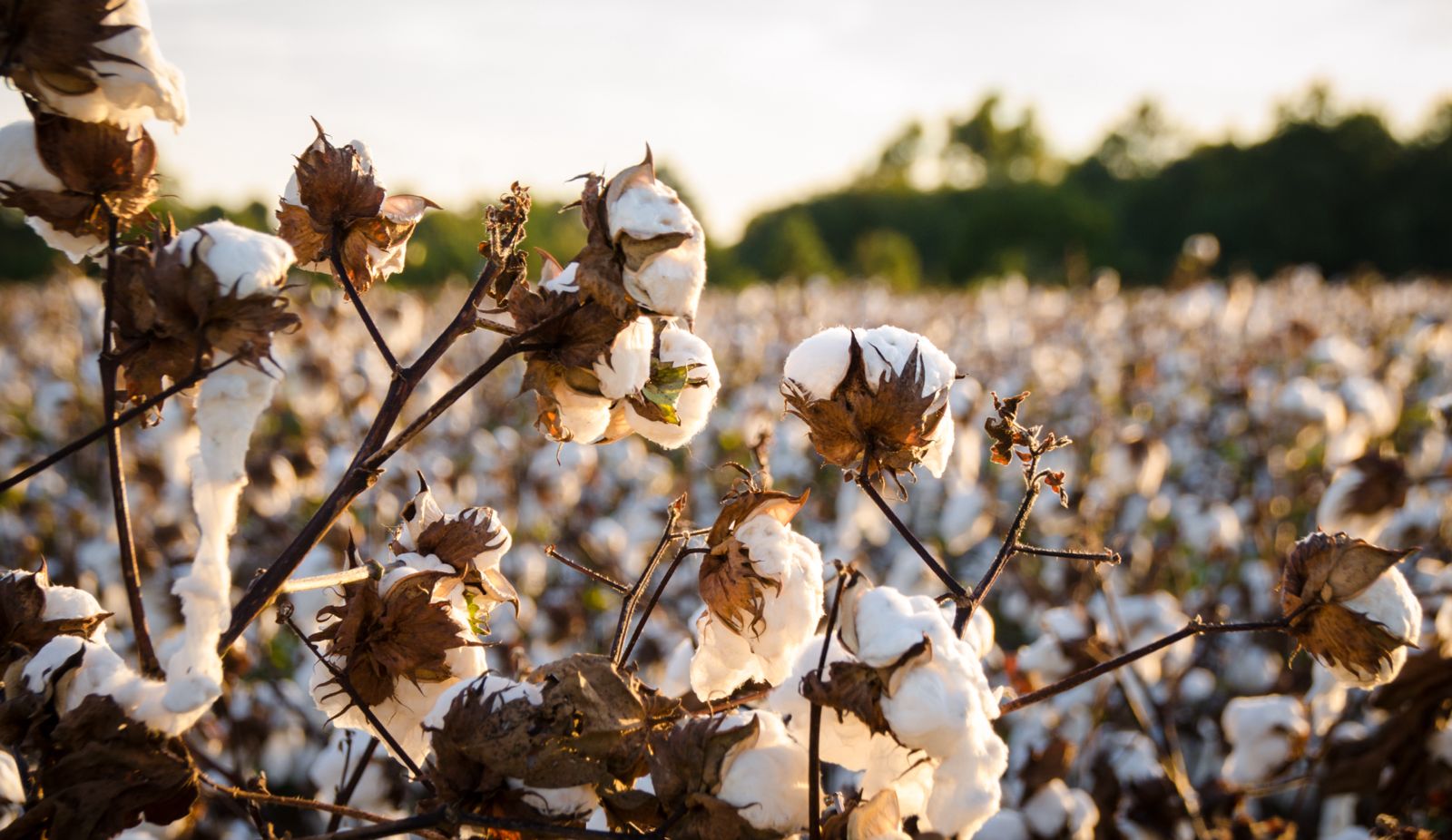Recent heavy rains in Nathusari Chopta block of Sirsa district have left a trail of devastation across over 2,000 acres of farmland in seven villages. Cotton, guar and groundnut crops have suffered extensive damage due to severe waterlogging, with cotton being the worst hit.
In many affected areas, farmers are now being forced to plough under their damaged cotton fields and switch to paddy cultivation, a crop more tolerant to wet conditions — but one that adds to their financial burden.
Agricultural land has been inundated in Rupana Ganja (400 acres), Rupana Bishnoi (300 acres), Shakkar Mandoori (500 acres), Shahpuria (150 acres), Naharna (150 acres), Tarkawali (100 acres) and Chaharwala (50 acres). The worst-hit villages — Shakkar Mandoori, Rupana Ganja, and Rupana Bishnoi — account for nearly 1,200 acres of lost cotton crop.
“I had to plough my entire 7-acre cotton crop,” said Mukesh Kumar, a farmer from Shakkar Mandoori. “Even after pumping out water with motors, the stagnant water rotted the plants.”
Other farmers including Anil Kasnia, Baljeet and Virender echoed similar losses.
Many of them had taken land on lease and had already invested around Rs 10,000 per acre on cotton. Now, they must spend an additional Rs 6,000Rs 8,000 per acre to prepare and sow paddy.
“It’s a double loss,” said Raj Kasnia, another affected farmer. “After rains, saline groundwater rises and damages the soil too. What can a farmer do in such a situation?”
Adding to the concern is the overflowing sem nala (drainage canal), which is carrying excess water from the flooded fields. Farmers fear that if the embankment breaches, surrounding villages may be submerged, further damaging standing crops. They have blamed local officials for not cleaning the canal before the monsoon, despite repeated reminders.
Farmers have urged the government to conduct a special girdawari (crop loss survey) and announce compensation for the losses.
District Agriculture Deputy Director Dr Sukhdev Kamboj confirmed that most of the affected fields fall in salinity-prone zones.
“We are advising farmers to switch to short-duration and low-water paddy varieties like Pusa 1509, 1692, 1847 (basmati) and Punjab 126 (parmal),” Dr Kamboj said. “These varieties require 33% less water and mature in about 100 days.”
Dr Kamboj also noted that with unpredictable weather patterns, cotton is becoming an increasingly risky crop.
This year, cotton was sown on 1.47 lakh acres in Sirsa district, while paddy covered over 1.5 lakh acres.















